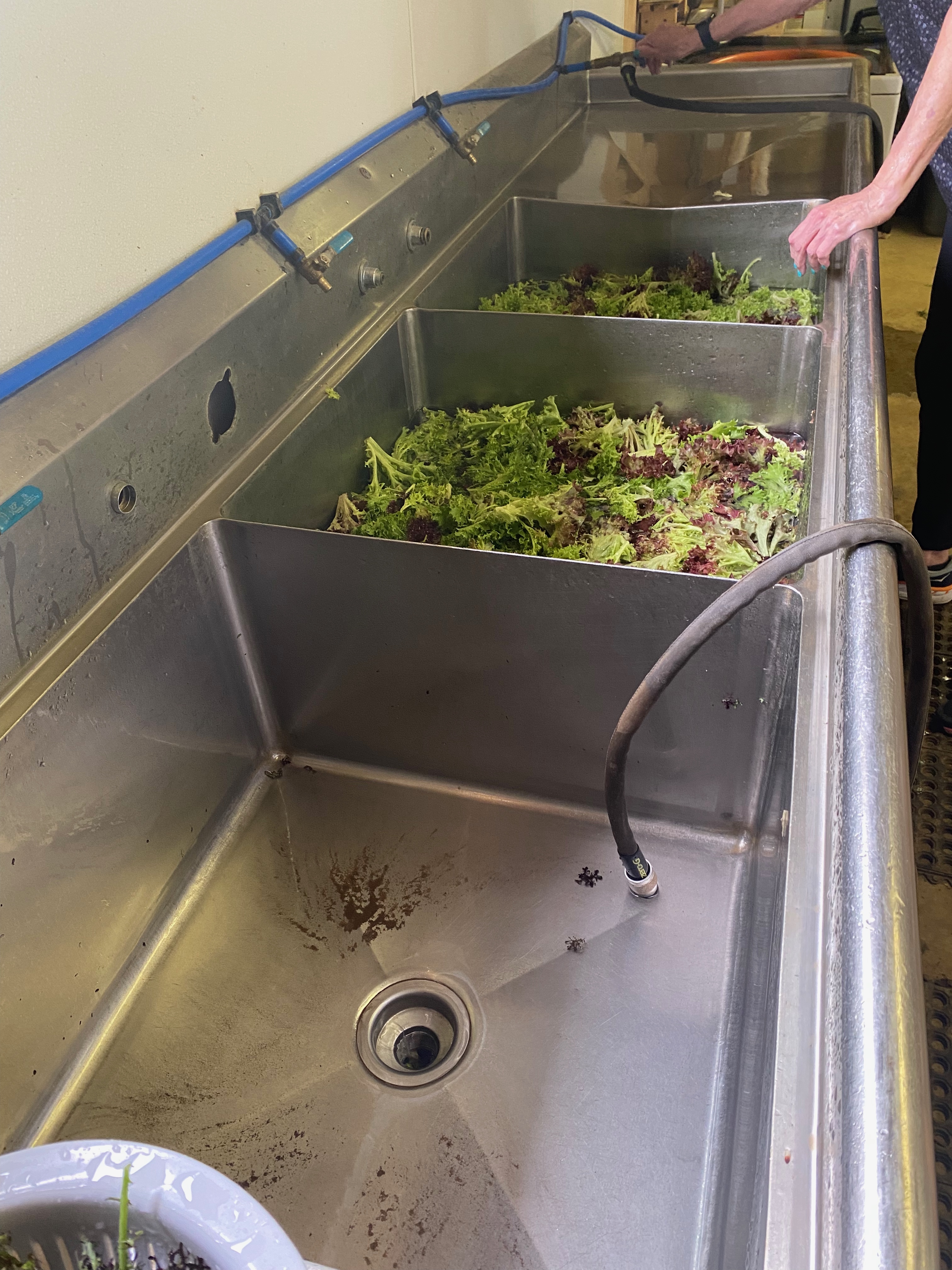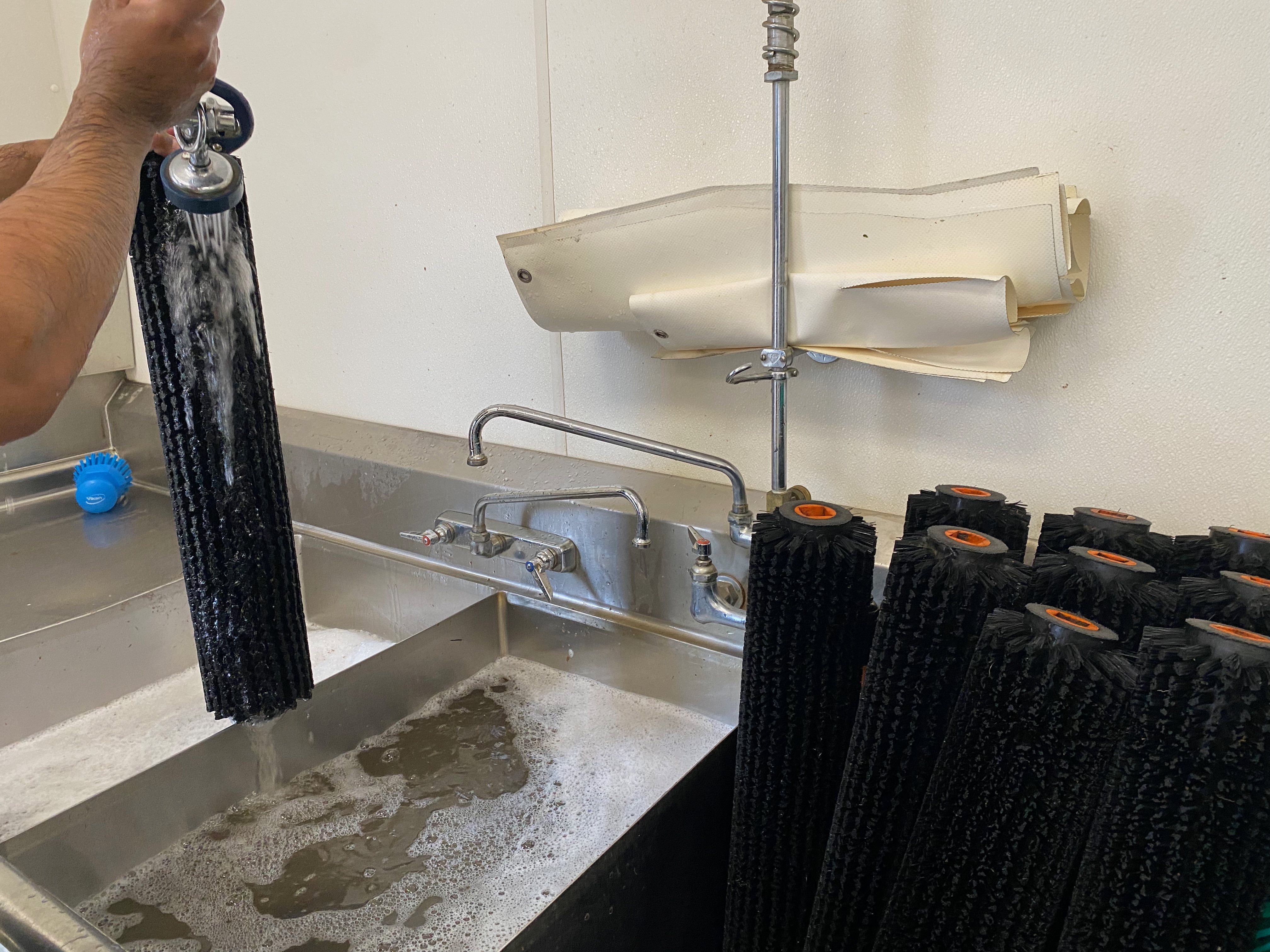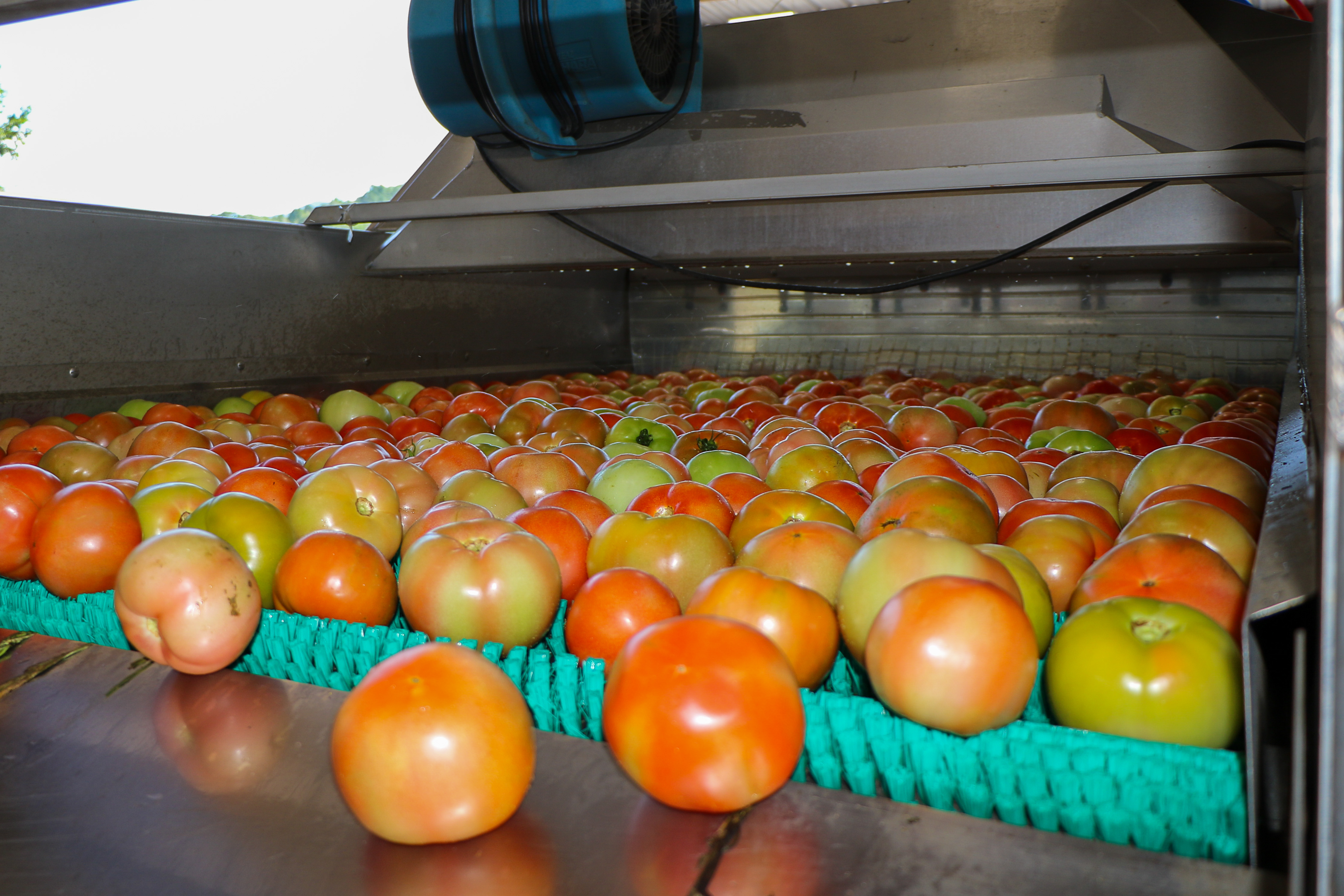Managing Water Used at Harvest and Post Harvest in Produce Farms Workshops
go.ncsu.edu/readext?1003292
en Español / em Português
El inglés es el idioma de control de esta página. En la medida en que haya algún conflicto entre la traducción al inglés y la traducción, el inglés prevalece.
Al hacer clic en el enlace de traducción se activa un servicio de traducción gratuito para convertir la página al español. Al igual que con cualquier traducción por Internet, la conversión no es sensible al contexto y puede que no traduzca el texto en su significado original. NC State Extension no garantiza la exactitud del texto traducido. Por favor, tenga en cuenta que algunas aplicaciones y/o servicios pueden no funcionar como se espera cuando se traducen.
Português
Inglês é o idioma de controle desta página. Na medida que haja algum conflito entre o texto original em Inglês e a tradução, o Inglês prevalece.
Ao clicar no link de tradução, um serviço gratuito de tradução será ativado para converter a página para o Português. Como em qualquer tradução pela internet, a conversão não é sensivel ao contexto e pode não ocorrer a tradução para o significado orginal. O serviço de Extensão da Carolina do Norte (NC State Extension) não garante a exatidão do texto traduzido. Por favor, observe que algumas funções ou serviços podem não funcionar como esperado após a tradução.
English
English is the controlling language of this page. To the extent there is any conflict between the English text and the translation, English controls.
Clicking on the translation link activates a free translation service to convert the page to Spanish. As with any Internet translation, the conversion is not context-sensitive and may not translate the text to its original meaning. NC State Extension does not guarantee the accuracy of the translated text. Please note that some applications and/or services may not function as expected when translated.
Collapse ▲- Water used for hand-washing during harvest and post-harvest activities.
- Water used to clean and/or sanitize harvest containers (that are not single use) such as buckets, baskets, trays, pick sacks, bins and any other containers that come in contact with the produce.
- Water used to clean and/or sanitize conveyor belts in mule trains and other surfaces such as the interior of buses or trailers used to transport produce to packing areas from the field.
- Water used for cooling crops to remove field heat by hydrocooling.
- Water used to apply fungicides after the crop is harvested and to apply wax.
- Water used to move and wash produce in dump tanks, flume systems and in lines with spray bars.
- Water used for ice making.
- Water used to clean and/or sanitize loading conveyor belts, tanks, packing lines, sorters and other food contact surfaces in packing houses.
- Any water that is likely to come in contact with the edible portion of the fruit or vegetable or food contact surfaces during and after harvest is also included.
Who should attend this workshop?
Workshop #1
For more information on this workshop contact Elena Rogers– Area Specialized Agent- Food Safety/Fresh Produce- Western NC at elena_rogers@ncsu.edu OR (828)352-2519
Workshop #2
Goldsboro, NC 27534
For more information on this workshop contact Dr. Chip Simmons – Area Specialized Agent- Food Safety/Fresh Produce- Eastern NC at odsimmon@ncsu.edu OR (919)414-5632
Workshop #3
For more information on this workshop, contact Elena Rogers – Area Specialized Agent- Food Safety/Fresh Produce- Western NC, at elena_rogers@ncsu.edu OR call (828)352-2519
Agenda
- Welcome and Introductions
- Overview of regulatory requirements under FSMA PSR: Water used at harvest and post-harvest
- Post-harvest water systems and management considerations
- Water treatment equipment and monitoring tools
- Q & A with attendees
This workshop is brought to you by
North Carolina State University
NC Department of Agriculture and Consumer Services Produce Safety Program
Food and Drug Administration Center for Food Safety and Applied Nutrition
This workshop is supported by the Food and Drug Administration (FDA) of the U.S.
Department of Health and Human Services (HHS) as part of a financial assistance award U2FFD007440 totaling $2,658,315 with 100 percent funded by FDA/HHS. The contents are those of the authors and do not necessarily represent the official views of, nor an endorsement, by FDA/HHS, or the U.S. Government.





